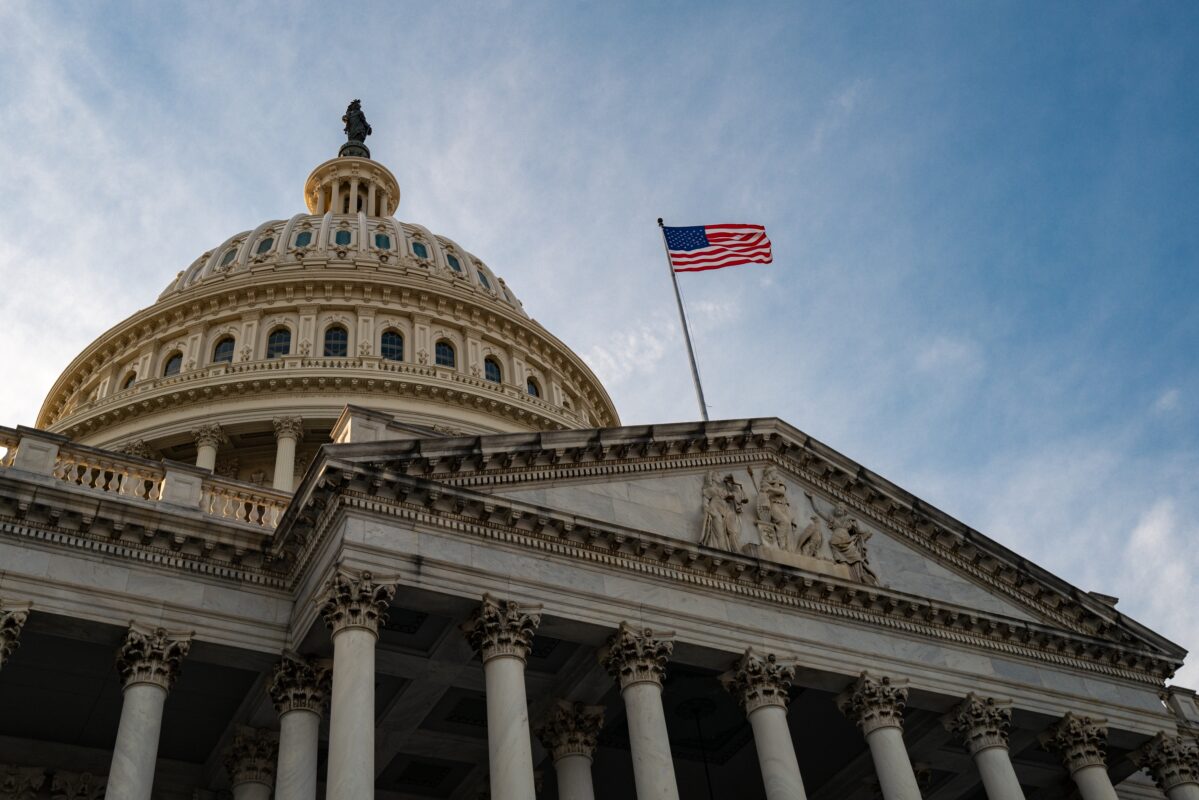It is reasonable that lack of physical activity would be one thing associated with obesity, but could difficulties hearing and/or seeing also be a factor influencing that relationship? What about gender?
Pardhan and colleagues (2021) used data collected from the 2017 Spanish National Health Survey to evaluate the relationship between physical inactivity and obesity by individuals with self-identified difficulties hearing, seeing, or both hearing and seeing.
Body mass index (BMI) was used to determine if an individual was obese, while the short form of the International Physical Activity Questionnaire (IPAQ Group, 2005) was used to determine physical inactivity. These authors also considered the following covariates in their analyses—gender, age (younger than 65 years), education achievement, marital status, living as a couple, smoking status, alcohol consumption in the last year, use of glasses or contact lenses, and use of a hearing aid.
These authors found, through multivariable regression analyses, a significant association between physical inactivity and obesity for those with hearing difficulties and those with seeing difficulties; however, this association did not remain for women when they did the analyses separately by gender.
It is also worth noting that physical inactivity was greater for those with both seeing and hearing difficulties (45 percent) than either sensory deficit alone (40 perfect [hearing]; 36 percent [seeing]) and for women. The authors call for more research regarding reasons for these findings, especially as it relates to gender. For instance, are there differences in how they address obesity?
References
IPAQ Group. (2005) Guidelines for Data Processing and Analysis of the International Physical Activity Questionnaire (IPAQ) (accessed July 22, 2021).
Pardhan S, Smith L, Davis A, et al. (2021) Gender difference in the association between physical activity and obesity in adults with vision and hearing loss. Eur J Public Health: 1-6. DOI: 10.1093 PMID: 33970269.
Recent Posts
Academy Files Rulemaking Petition to Restore ABA Language in VA Regulations
Earlier last year, the Virginia Board of Audiology and Speech-Language Pathology finalized regulatory changes intended to streamline licensure by removing direct ties between certification and…
Congress Needs to Hear From Audiologists on Student Loan Access
The Professional Student Degree Act, H.R. 6718, introduced by Representative Michael Lawler (R-NY), was introduced in mid-December. This bill reaffirms audiology’s status as a professional…
Why Wild Animals Don’t Have Floppy Ears
In 1959, a scientist began a domestication experiment with silver foxes. Critics believed the experiment was, at the very least, too ambitious (if not outright…


